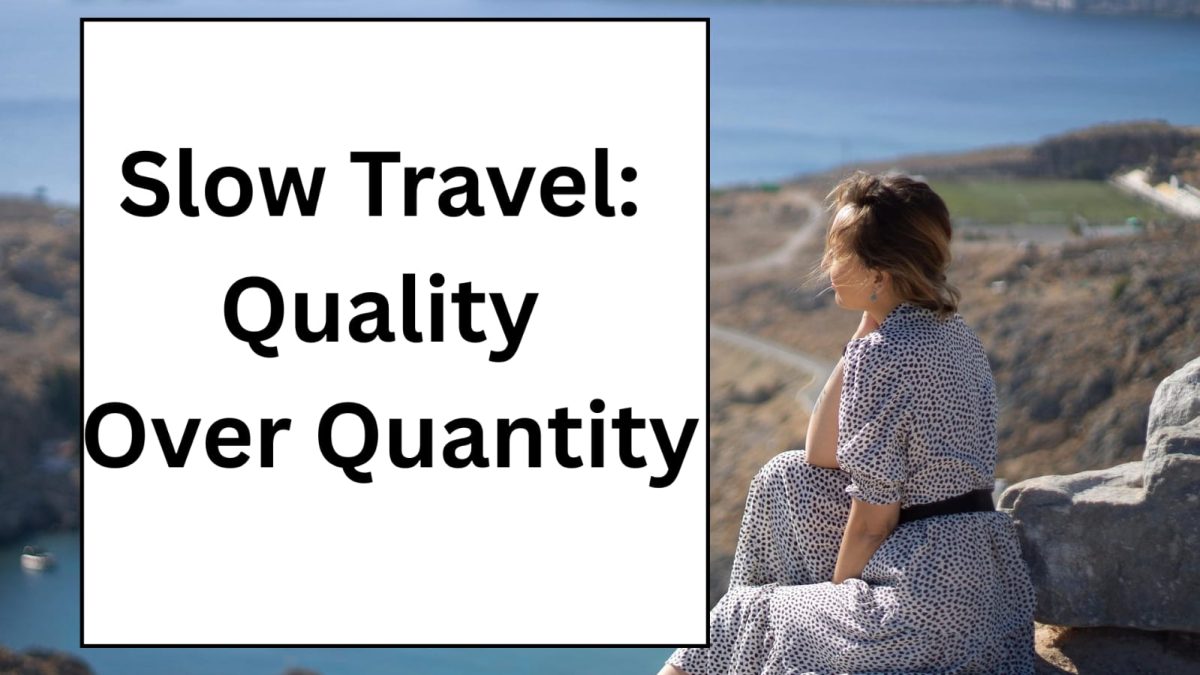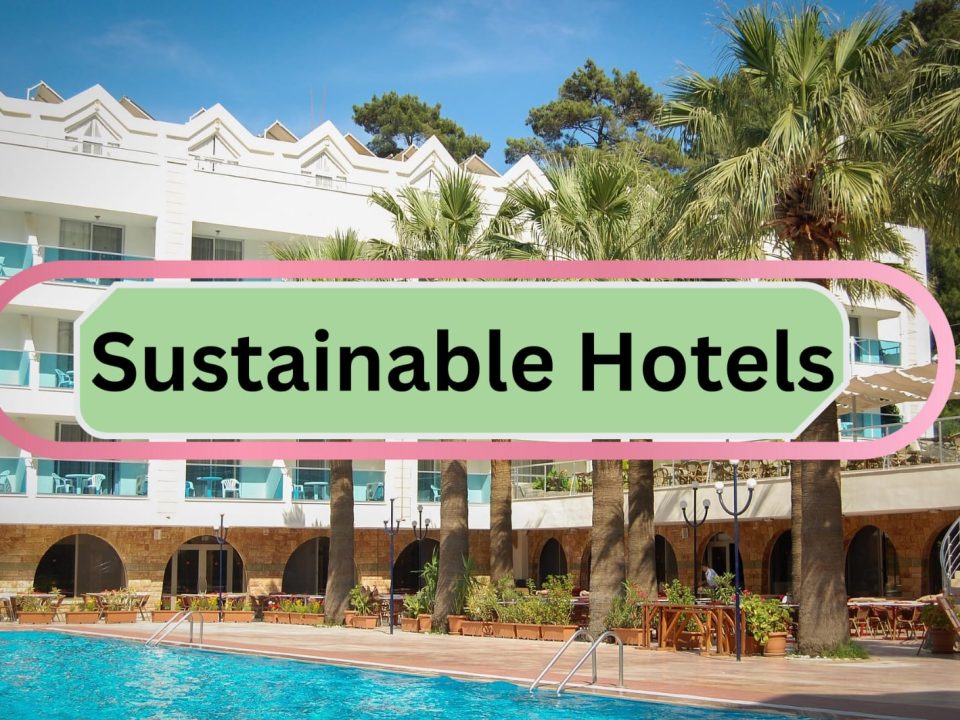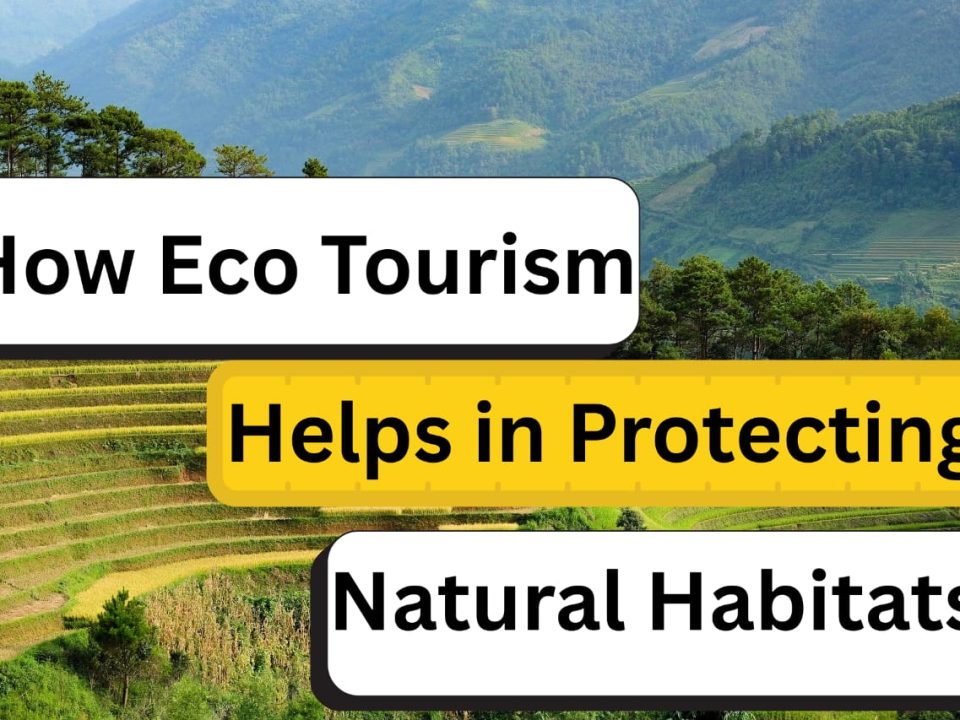Rising of Slow Travel: Why Tourists are Choosing Quality over Quantity

How Climate Change is Affecting the Global Travel Industry
10 April 2025
Categories
Tags
- 10 Benefits of Travel and Tourism
- Benefits of Galileo for travel agents
- Best Companies to do Job in Travel and Tourism Industry in India
- Career in Travel and tourism in India
- career in travel industry
- Certificate course in travel and tourism
- Education In Travel
- How become travel agent after 12th
- How to become a travel agent without experience
- How to become Travel Writer 2023
- How to choose the right travel and tourism course in India
Rising of Slow Travel: Why Tourists are
Choosing Quality over Quantity
In today’s busy world, many travelers are moving away from rushed trips and choosing slow travel. Instead of quickly visiting many places, they prefer to spend more time in one location, enjoying the local culture, nature, and experiences. This way, travel becomes more meaningful and enjoyable.
What Is Slow Travel?
Slow travel means spending more time in one place instead of rushing to see many places quickly. It helps travelers enjoy local culture, meet people, and explore nature in a relaxed way. Instead of visiting as many attractions as possible, slow travelers take their time to enjoy and experience each moment.
Why Is Slow Travel Becoming Popular?
Several factors have contributed to the rise of slow travel:
-
Desire for Meaningful Experiences
Many tourists are tired of rushed vacations that leave them exhausted. Slow travel allows them to truly engage with the local culture, food, and traditions, creating memorable experiences.
-
Reducing Travel Stress
Packed schedules and constant travel can be overwhelming. Slow travel eliminates the stress of catching flights, trains, and tours, making vacations more relaxing and enjoyable.
-
Budget-Friendly Travel
Spending more time in one location can be more affordable than visiting multiple places. Travelers save money on transportation, last-minute bookings, and high-priced tourist attractions, making travel more budget-friendly.
-
Environmental Awareness
Frequent travel, especially flights, increases carbon footprints. Slow travel promotes eco-friendly choices like trains, cycling, and walking, reducing environmental impact and supporting sustainable tourism.
-
Work and Travel Balance
With the rise of remote work, more people can travel for longer periods while continuing their jobs online. This has encouraged a slower, more immersive way of exploring new destinations.
How Travelers Are Embracing Slow Travel
Slow travel is not just about moving less—it’s about making thoughtful choices:
-
Staying Longer in One Place
Instead of visiting five countries in a week, slow travelers spend weeks or months in one destination, allowing them to experience it like a local.
-
Choosing Local Accommodations
Instead of hotels, many slow travelers stay in homestays, guesthouses, or rental apartments, providing a more authentic and comfortable stay.
-
Exploring on Foot or by Bike
Walking or cycling allows travelers to see a place at their own pace, discovering hidden spots and enjoying the beauty of their surroundings.
-
Eating Local and Shopping Sustainably
Trying local food, visiting farmers’ markets, and buying handmade crafts support local businesses and enhance cultural experiences.
-
Avoiding Over-Tourism
Slow travelers often choose less crowded destinations, helping reduce pressure on popular tourist spots while discovering unique, off-the-beaten-path locations.
Conclusion
Slow travel is becoming a preferred way of exploring the world. It offers deeper connections, reduces stress, and promotes sustainable tourism. As more people seek meaningful experiences over rushed sightseeing, slow travel is shaping the future of tourism—one mindful journey at a time.





